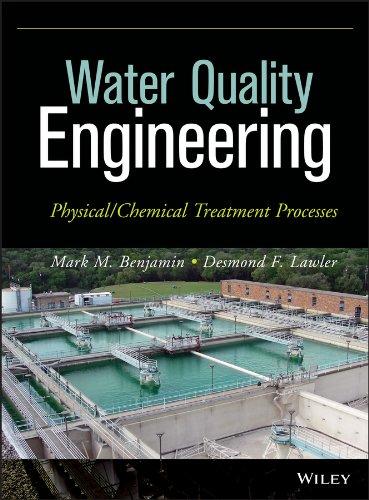Answered step by step
Verified Expert Solution
Question
1 Approved Answer
275.0L/min(0.2750m3/min) of a process fluid enters at 30C on the tube side of a shell and tube heat exchanger. 16.7kg/min of saturated steam at 250kPa

Step by Step Solution
There are 3 Steps involved in it
Step: 1

Get Instant Access to Expert-Tailored Solutions
See step-by-step solutions with expert insights and AI powered tools for academic success
Step: 2

Step: 3

Ace Your Homework with AI
Get the answers you need in no time with our AI-driven, step-by-step assistance
Get Started


